Geological heritage is the entire physical memory of Mother Earth that is still present in the land we live in and for the old Phu Yen , now the East of Dak Lak province, the nature here is like a chronicle that continuously records the great geological tectonic journey: from the memory of the ancient supercontinent Gondwana to the modern East Sea, where lava cools into rocky cliffs and lagoons, sandbars, and bays are carved under the breath of the ocean. Behind the peaceful appearance of the "land of yellow flowers on green grass" are heritages of international comparative value, containing a message of awakening for humans to realize the limits of the civilization they themselves created.
According to the survey results, the preliminary assessment of the Phu Yen Geopark area is located on the southern edge of the Kon Tum Geoblock, which used to belong to the ancient supercontinent Gondwana, formed from billions to about 420 million years ago in the Southern Hemisphere. About 200-180 million years ago, Gondwana broke into many pieces and drifted to the Northern Hemisphere. The old Phu Yen was the remaining southern edge of one of those drifting continental fragments. The 1.8-2 billion year old metamorphic rock layers at Chop Chai, Mu U, Nhat Tu Son... are witnesses of the early Earth, placing this place in a rare group in Southeast Asia that still preserves the material of the ancient supercontinent Gondwana with special international comparative value.
After its formation, this land entered a series of intense geological activities, magma, sediments and time together carved out its present shape.
- 360 - 250 million years ago: ancient continental margin was active with intrusive magma ranging from basic to acidic composition, creating massive granite blocks in the west of old Phu Yen.
- 250 - 145 million years ago: became a passive continental margin, witnessing shallow marine sediments and red continental sediments intermixed with contrasting magmatic phases.
- 145 - 65 million years ago: transformed into an active continental margin with intense acid - neutral - alkaline volcanic activity.
The mark of fire is still deeply imprinted on Chop Chai Mountain, Nhan Mountain, Deo Ca Pass, Da Bia... the magma blocks penetrated deeply, cooled into ancient granite; while Ganh Da Dia, Hon Dun, Hon Yen, Mai Nha Volcano... are evidence of young magma eruptions, formed about 5.3 - 1.5 million years ago, but still active sporadically for a few hundred thousand to a few tens of thousands, or even just a few thousand years recently.
|
| ||||
| Photo : Phu Yen Geopark | |||||
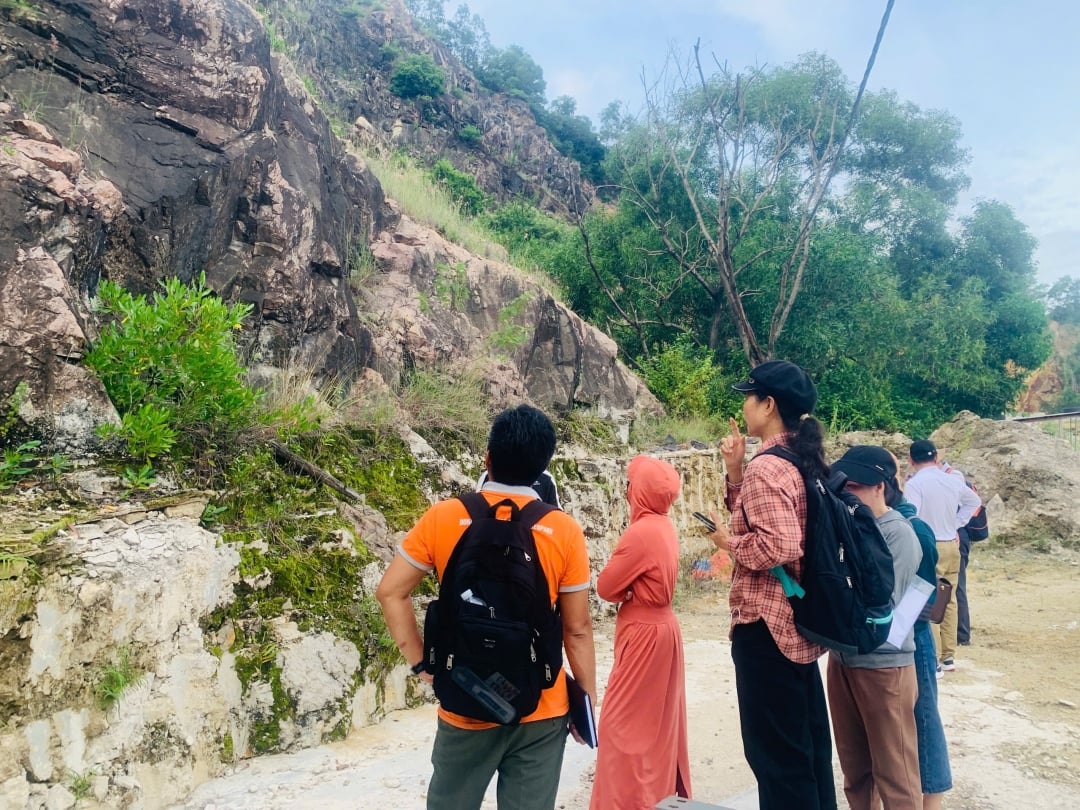 |
| Survey of Cretaceous andesite eruptions at Chop Chai mountain. Photo : Phu Yen Geopark |
About 50 million years ago, the East Sea began to form and expand, reaching its peak in the period 32-17 million years ago, opening a completely new tectonic chapter, laying the foundation for the present appearance of old Phu Yen. The separation of the East Sea led to the strong activity of the West Philippine subduction zone, at the same time activating the deep fault zone of the Ba River - a geological axis running from the Central Highlands to the sea - to become active, turning this place into a meeting place between the continent and the ocean, where many rivers change direction before flowing into the sea. Along this fault zone, a series of lagoons, bays and coastal plains appeared, where layers of bentonite and diatomite minerals containing rich plant fossils were deposited, recording traces of ancient lakes and primitive biological environments.
At the same time, the young magma eruption process (5.3 - 1.5 million years ago to present) continued to add characteristic marks such as Ganh Da Dia, Hon Yen, Mai Nha Mountain, Van Hoa plateau... It is this continental - ocean interaction that created the geological soul here: fire and water together depict the shape of the Phu Thien Yen strip of land. From there, the terrain of lagoon - bay - sandbar connecting the island gradually took shape, reflecting the mutual movement of two great energy sources: continent and sea. The main rivers, such as Ba River, when reaching the sea, were forced to change direction by fault zones and sandbars blocking the entrance, forcing them to bend and change direction, winding like blood vessels finding their way to the heart of the ocean, creating geomorphological wonders such as O Loan lagoon, Cu Mong lagoon, Xuan Dai bay...
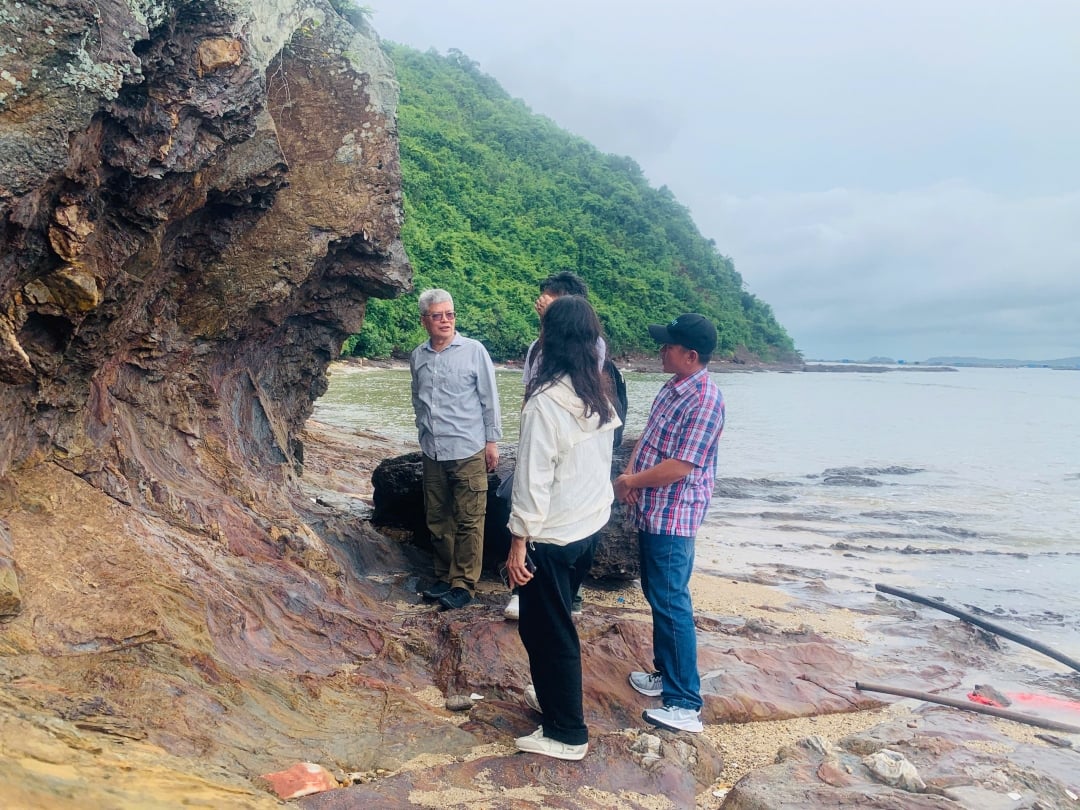 |
| Paleoproterozoic (Pr1tp) age ancient metamorphic rock of the Tac Po formation at the foot of Mu U mountain is strongly folded and destroyed by waves and sea level, abrading to create seawater lines and abrasion shelves. Photo : Phu Yen Geopark |
On the background of that vibrant and unique geological diary, our ancestors continued to write in the language of life. Particularly impressive to the members of the recent survey team was Co Thach hill - the edge of the Van Hoa basalt plateau, where ancient people picked up stones to build banks, planted Duoi trees to hold the soil, creating ancient rice fields on the cooled magma, a rare form of farming, showing agricultural adaptation to basalt geology, reflecting a system of indigenous knowledge in which people observe, understand and apply natural laws instead of fighting against them...
Over time, on those rice fields, the population of hundreds of years old Duoi trees with rugged trunks, roots wrapped around rocks, and canopies undulating in the wind of the years, still stand tall as living milestones marking the perseverance and intelligence of humans in blending with nature. Associate Professor, Dr. Tran Tan Van, a member of the survey team, shared: "For me, this survey site is truly admirable, showing the outstanding value of Phu Yen Geopark not only in the volcanoes, bays, lagoons, ancient rock outcrops... but also in the harmony between humans and nature, a vivid illustration of the sustainable lifestyle that the world is finding again today."
The harmony between humans and the geological environment is also clearly shown in modern livelihoods. The system of lagoons - bays - estuaries formed by the interaction of continents - oceans, rivers - seas as well as the activities of the Ba River fault have provided the foundation for marine economic culture. Here, many traditional occupations with excellent quality products such as: Oysters in O Loan lagoon, salt making in Cu Mong lagoon, tuna fishing in deep sea offshore... not only bring economic value but also show the long-term attachment between residents and the unique geological and biological environment.
|
| ||||
| Photo : Phu Yen Geopark | |||||
Today's landscapes are a direct result of tectonic processes, such as Mui Dien, the place that welcomes the earliest sunrise on the Vietnamese mainland, impressing with its special light and climate. Most likely this phenomenon is related to the reflective properties of granite containing high levels of quartz and mica, creating a bright and dry surface that reflects strong light.
When the weather is clear, the morning sunlight is reflected twice, once on the calm sea surface, once on the characteristic granite cliffs surrounding Mui Dien, increasing the intensity of the light, making the atmosphere clear, almost crystalline. Perhaps it is this natural optical effect that makes people feel a separate microclimate, where light, sea breeze and minerals create a rare space to watch the sunrise, where geological beauty touches human emotions?
Based on the unique geological, geomorphological and cultural values, Phu Yen Geopark has favorable conditions to: Develop community science education such as building outdoor learning routes, geomorphological and ecological observation stations, and "geological tour guides" programs for students, locals and tourists. Form sustainable geological and ecological tourism products such as experience routes with the theme "Fire & Water" (young volcanoes, Ba River fault traces, lagoons/bays), "Mui Dien Dawn", "The River Changes Direction", combining geological trekking with indigenous culture; Start building culinary and craft village brands by standardizing product stories (O Loan blood cockles, Cu Mong salt, offshore tuna...); Promote creative economy and heritage communication such as organizing festivals, geomorphological photo exhibitions, light art at geological viewpoints, collections of publications, geological storytelling maps for tourists... At the same time, strengthen research, conservation, climate adaptation: monitoring coastal changes, erosion, sedimentation at river mouths and lagoons; integrating indigenous knowledge into coastal spatial planning. These are valuable axes that help diversify livelihoods, increase length of stay, expand community education and strengthen indigenous culture on the basis of living heritage.
When standing before these landscapes, people not only admire a majestic natural picture, but are also present in the space that nurtured their ancestors - where geological, cultural and spiritual knowledge blend into a vibrant whole. Ancient knowledge from basalt farming systems, lagoon living habits, to beliefs and worship rituals associated with mother earth, rivers, seas... are all formed from a deep understanding of natural laws.
Being moved by the natural beauty of the land of yellow flowers on green grass makes us let go of all fatigue and calm down, and then like an invisible path, wakes us back to the land we are standing on. We compete to expand, flatten, and conquer, believing that growth means development; create more but feel more empty; connect more but feel lonelier; control nature more and then move further away. Are you waking up in a closed room with air conditioning and laminate flooring, eating hastily packaged fast food, crossing concrete roads, sitting at work under LED lights, then returning home to watch the sunset through your smartphone screen? Everything is modern and convenient, but gradually makes us lose both physical sensation and spiritual connection with the Earth - a disconnect between the human biological body and the natural rhythm of life.
It makes us lose the intuition to realize that we are hurting Mother Nature, the ability to stop and see that we are just a small part of the ecosystem. Geological heritage helps us witness history that goes back billions of years. When we know that a mountain took tens of millions of years to form, we are less hasty to destroy it. When we know that every valley, every river is the result of thousands of generations of change, we understand that everything exists for a reason. In this way, geological heritage awakens us, not only with echoes of the past, but with the beauty of nature itself, making us once again listen, empathize, and belong.
Phu Yen Geopark, where geological heritages still live, is a reminder that homecoming is not far away, treasures are right under our every step.
Scientific documents: Associate Professor, Dr. Tran Tan Van - Former Director of the Institute of Geology and Mineral Resources, Chairman of the Vietnam Geopark Network, Member of the Global Geoparks Technical Subcommittee of the Vietnam National Commission for UNESCO.
Source: https://baodaklak.vn/du-lich/202511/di-san-dia-chat-xu-hoa-vang-tren-co-xanh-danh-thuc-ta-tro-ve-5770454/




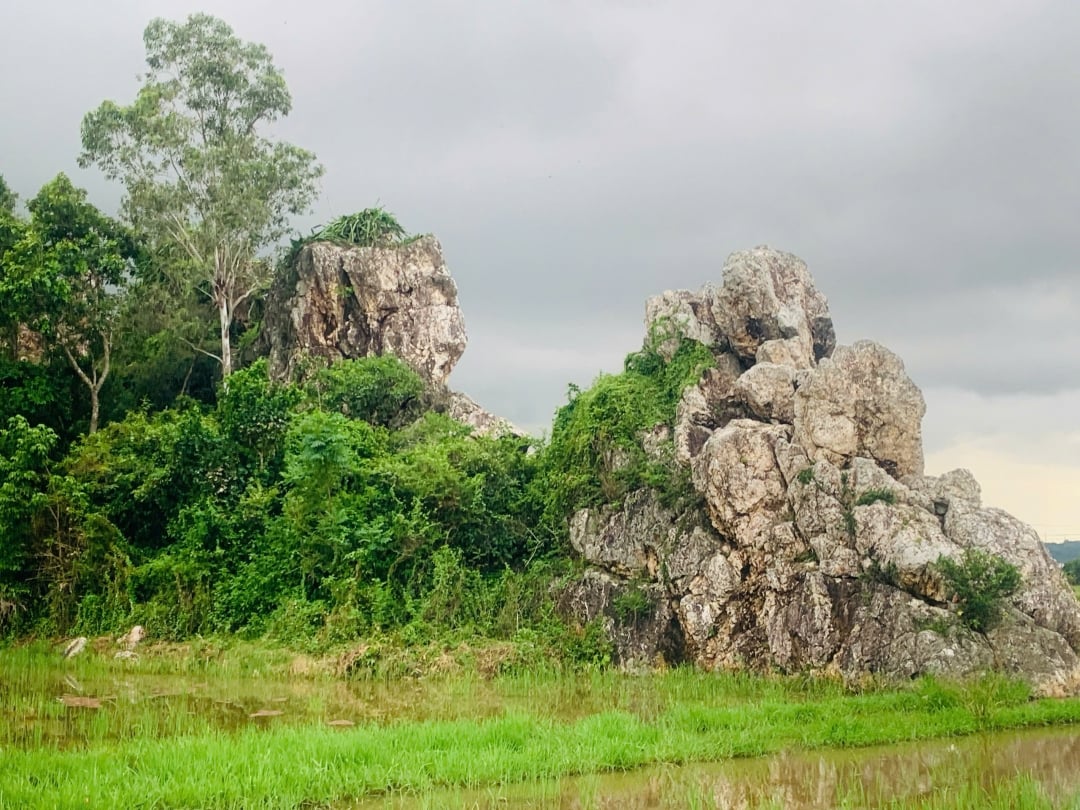
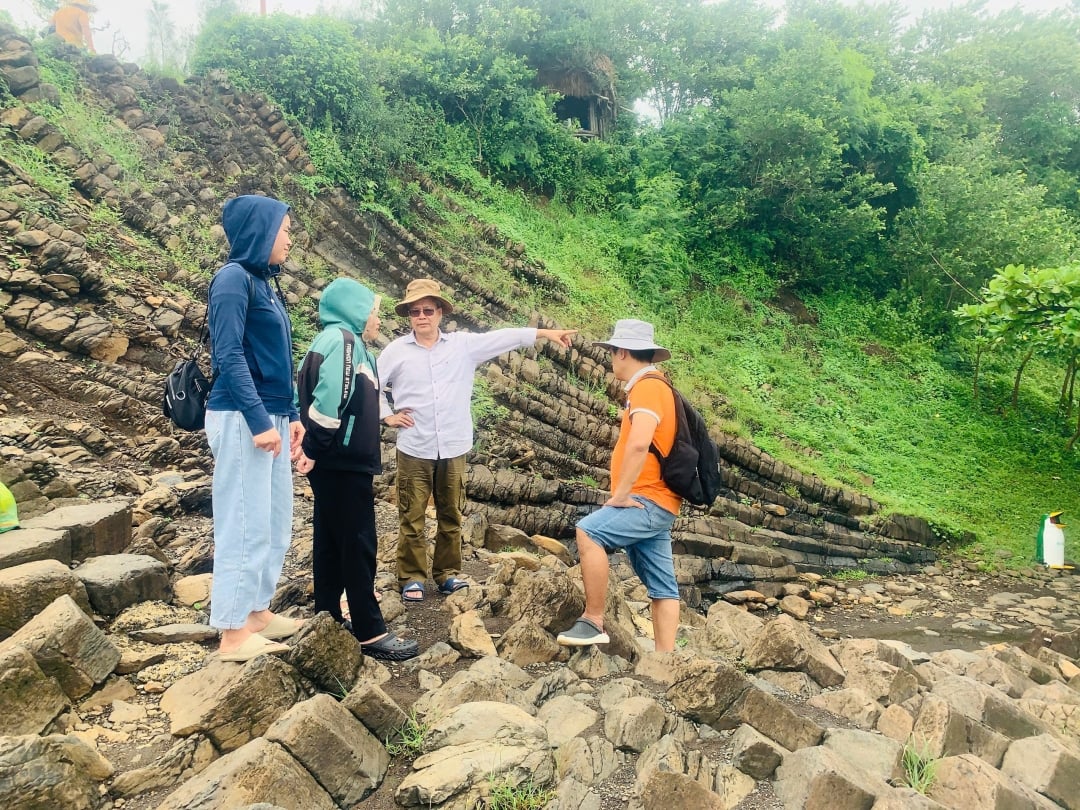
![[Photo] General Secretary To Lam receives Slovakian Deputy Prime Minister and Minister of Defense Robert Kalinak](https://vphoto.vietnam.vn/thumb/1200x675/vietnam/resource/IMAGE/2025/11/18/1763467091441_a1-bnd-8261-6981-jpg.webp)

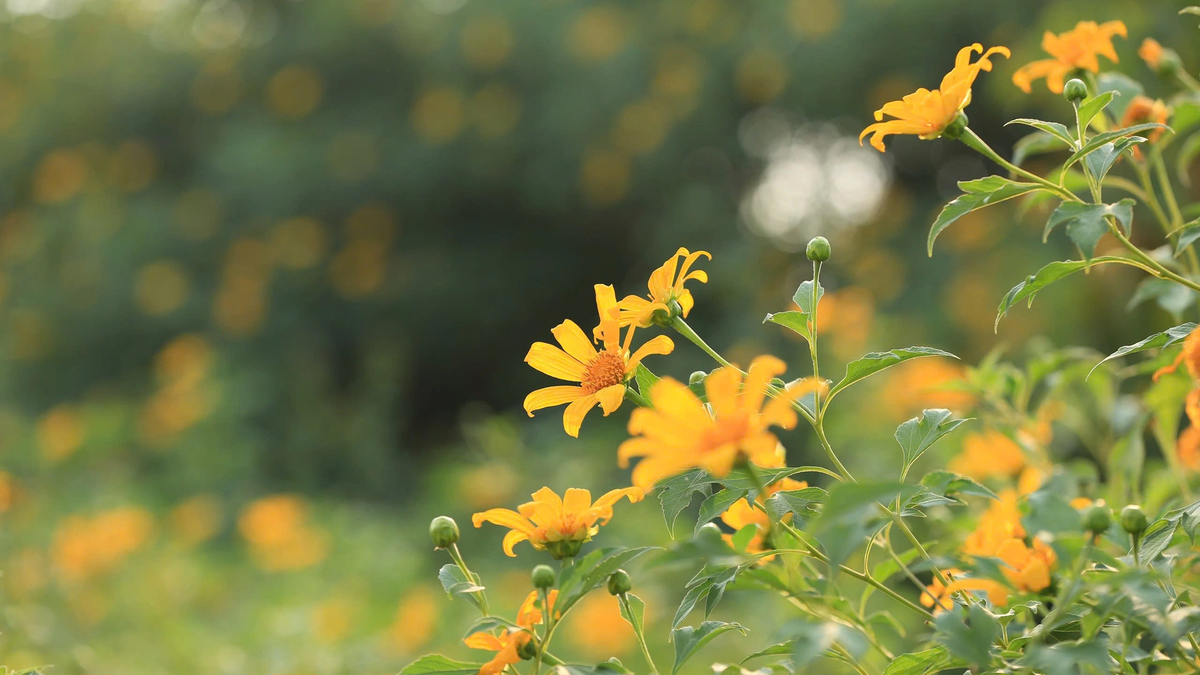

![[Photo] Prime Minister Pham Minh Chinh and his wife meet the Vietnamese community in Algeria](https://vphoto.vietnam.vn/thumb/1200x675/vietnam/resource/IMAGE/2025/11/19/1763510299099_1763510015166-jpg.webp)



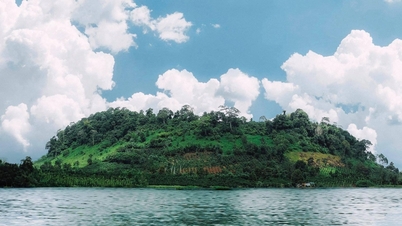




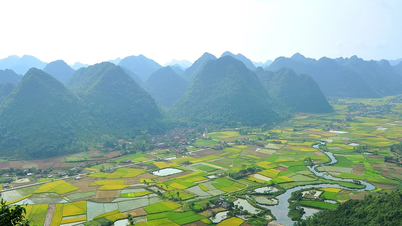





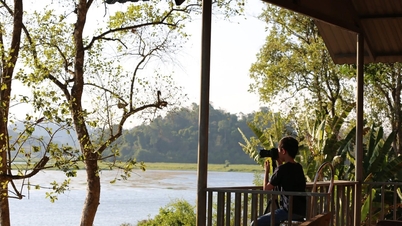
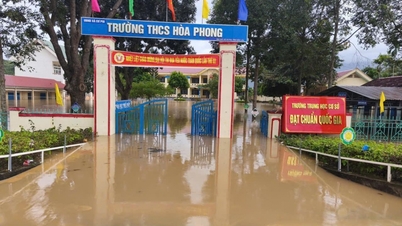


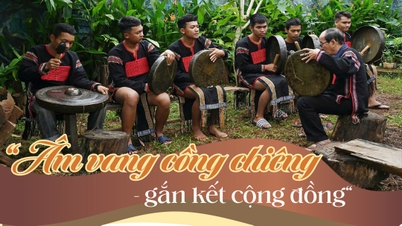






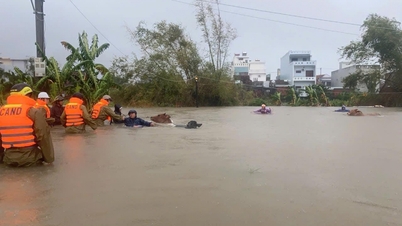


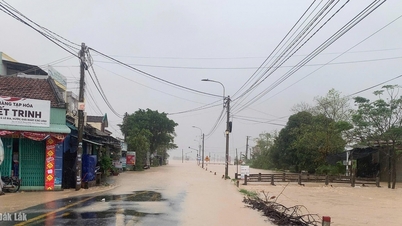






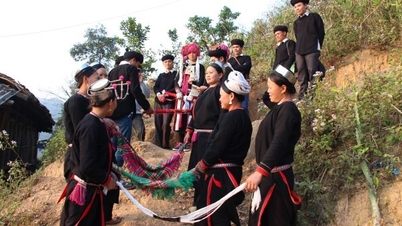



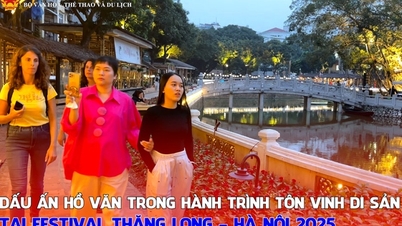









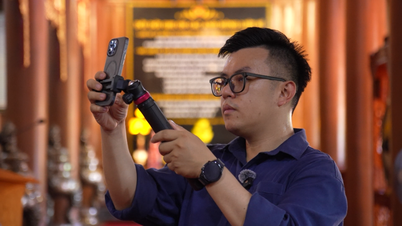



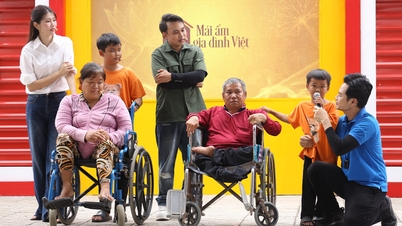

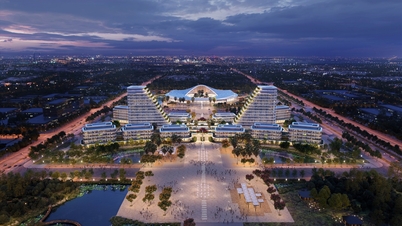




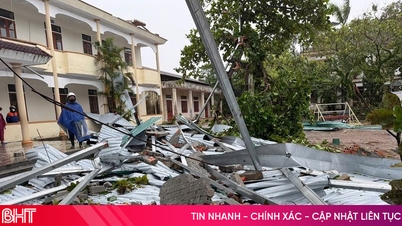













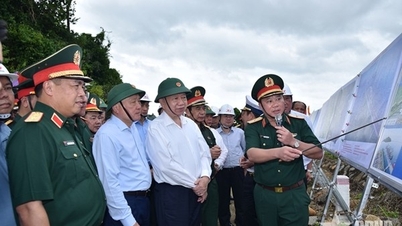






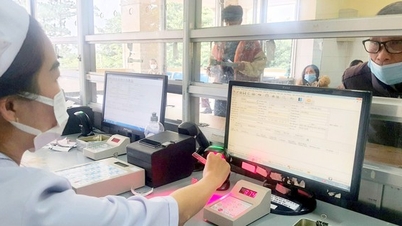

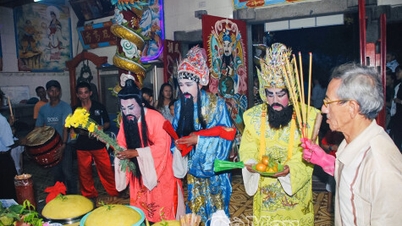



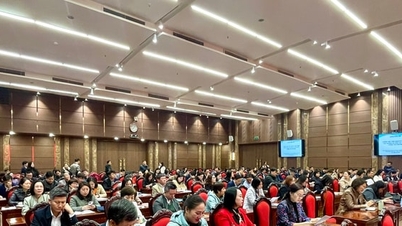
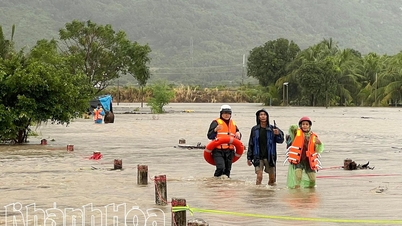

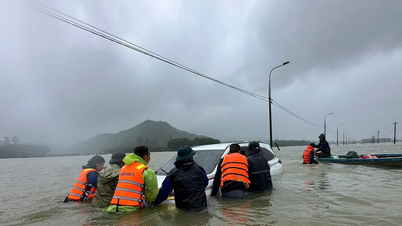














Comment (0)